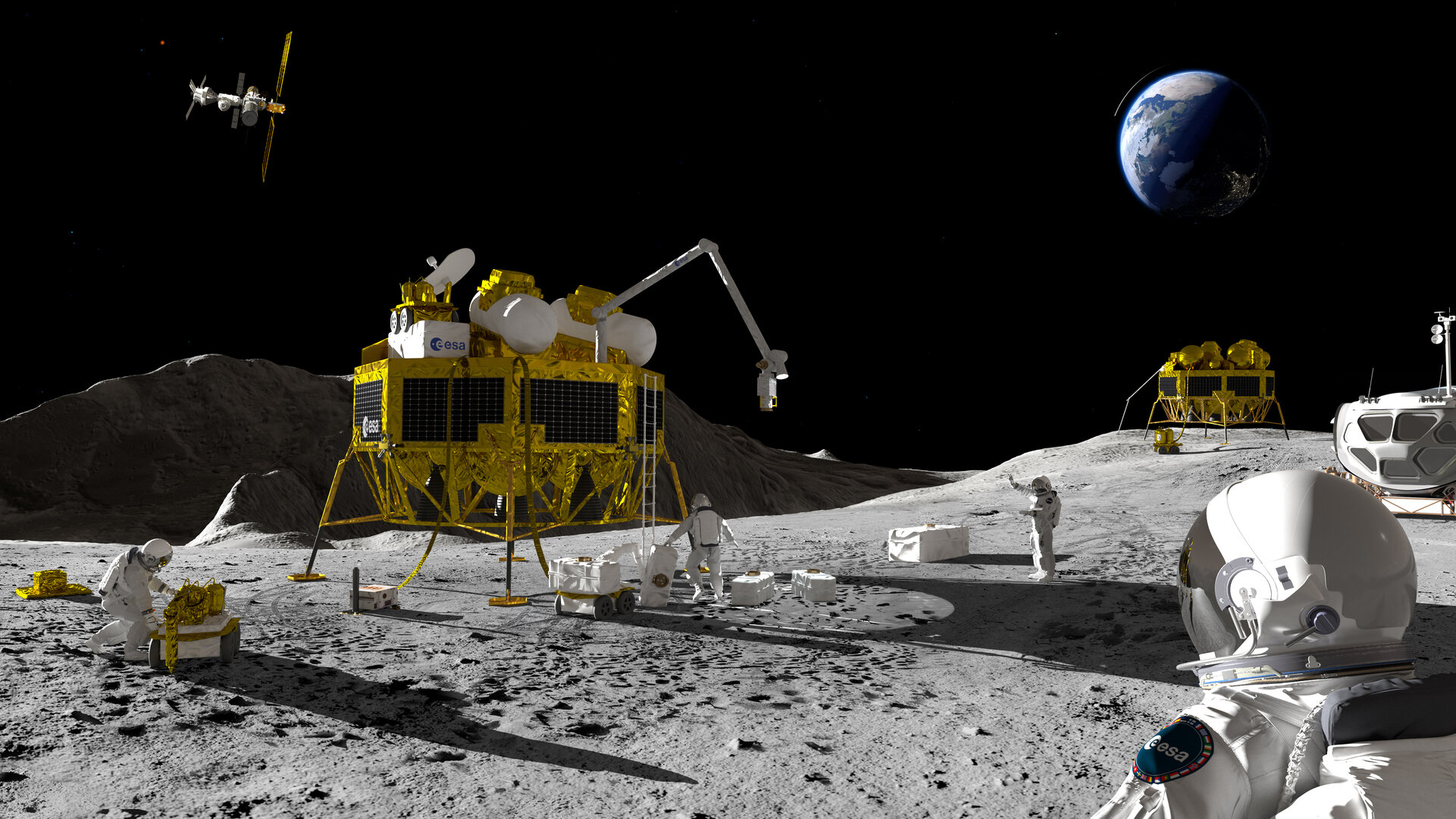Are you suggesting it might be Akida technology that will enable the Rosalind Franklin Mars rover to navigate autonomously?
I very much doubt it. Alf Kuchenbuch’s post doesn’t suggest so. He refers to Rosalind’s “children”, hence to a new generation of rovers. If BrainChip were indeed involved with said Mars rover (already under construction), he would have worded his comment differently. Apart from that, the time line doesn’t match either, as in the
This Is Our Mission podcast in March (Episode 31), Laurent Hili and Luis Mansilla made it clear that neuromorphic technology will initially be tested in non-critical applications.
Also, Laurent Hili’s comment that I posted earlier today points to Akida technology being envisioned for a
lunar lander initially - an ESA mission to the Moon, not to Mars.
I believe the
Argonaut lunar lander is what we might be looking at - ESA recently announced that it is targeting
2031 for the lander’s first mission to the Moon’s surface.
The European Space Agency (ESA) lunar lander programme, Argonaut, represents Europe’s autonomous, versatile and reliable access to the Moon. The programme is a key part of ESA’s lunar strategy and will support future robotic and crewed missions, contributing to international efforts to establish...
www.esa.int
SCIENCE & EXPLORATION
Argonaut
46942 VIEWS221 LIKES
ESA /
Science & Exploration /
Human and Robotic Exploration /
Exploration
Argonaut is Europe’s autonomous access to the Moon, allowing us to play a major role on the surface of our natural satellite. The lunar lander is being designed for a series of missions with many options for its payloads – from cargo and infrastructure delivery to scientific operations, a rover or a power station, Argonaut is being designed as a versatile access to the Moon.
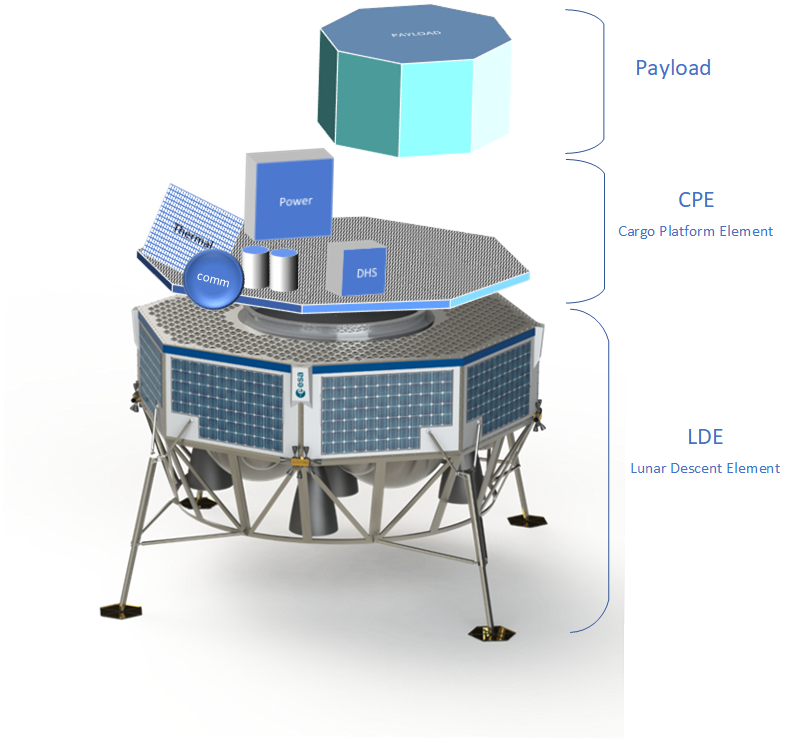 Argonaut elements
Argonaut elements
Argonaut will launch on an Ariane 6 rocket in a direct flight to the Moon. An Argonaut mission from launch to landing could take from a week to a month, depending on orbits and mission design. No area is off-limits for Argonaut, the spacecraft will be able to land at any region on the Moon.
The Argonaut spacecraft has three main components: the lunar descent element that takes care of flying to the Moon and landing on target, the cargo platform element that is the interface between the lander and its payload, and finally, the element that mission designers want to send to the Moon.
Adaptability is key in the Argonaut design, the cargo platform element is designed to accept any mission profile: cargo for astronauts near the landing site, a rover, technology demonstration packages, production facilities using resources on the Moon, a lunar telescope or even a power station.
Argonaut is continuing Apollo and Artemis tradition to name lunar missions after Greek mythology. Argonaut is the name given to the sailors of the Argo ship who took Jason on the quest to find the golden fleece. ‘Argonaut’ means ‘sailors of the Argo’ and the individual missions using ESA’s lunar lunar delivery service will be named after the individual mythical Argonauts.
Space agencies have much in store on the Moon for humankind and Argonaut is offering autonomous European access as well as strong possibilities for partnership. As part of the Artemis programme,
ESA is participating in NASA’s Orion service module that ferries astronauts, and Europe is supplying modules to the
international Gateway in lunar orbit. Argonaut could be an independent complement to the Artemis programme offering cargo delivery and more.
Leading Moon exploration with strong partners
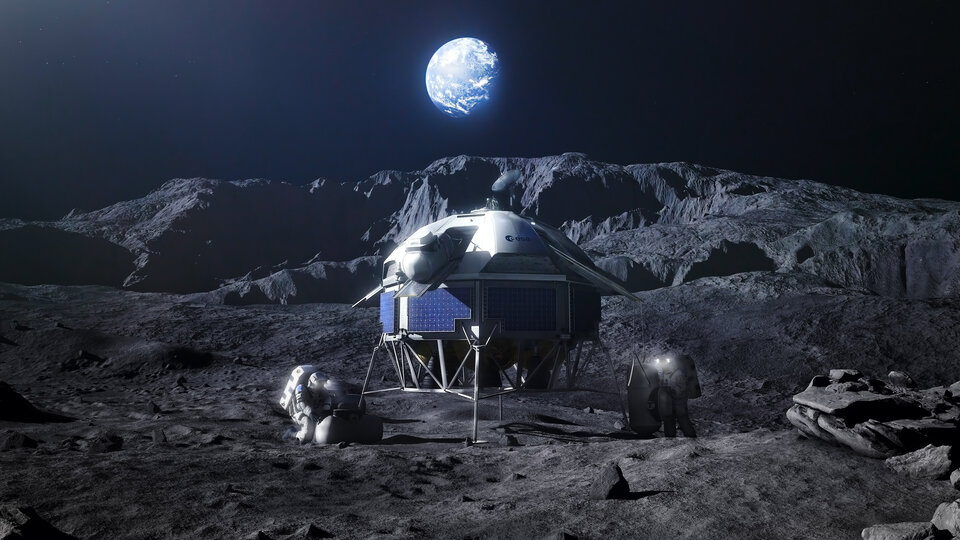 Argonaut
Argonaut
The lunar lander is being designed with versatility in mind as a strong part of ESA’s lunar strategy and Argonaut could be included in the Artemis programme to deliver cargo, rovers and more, or as stand-alone scientific missions.
The Apollo astronauts never lived and work through the lunar night – a night on the Moon is 14 days long and temperatures on the surface plummet to a chilling –150°C.
One capability of the lander will be to bring a sizable share of the food, water, air, and equipment for a crew of four women and men working on the Moon through the night. The Argonaut lunar descent element will be able to bring up to 2100 kg worth of cargo platform element and payload to the Moon – equivalent to a camper van. The European lander can deliver much more than simple cargo: it could function as a survival kit for the explorers of our new frontier.
Sustaining Moon science for decades

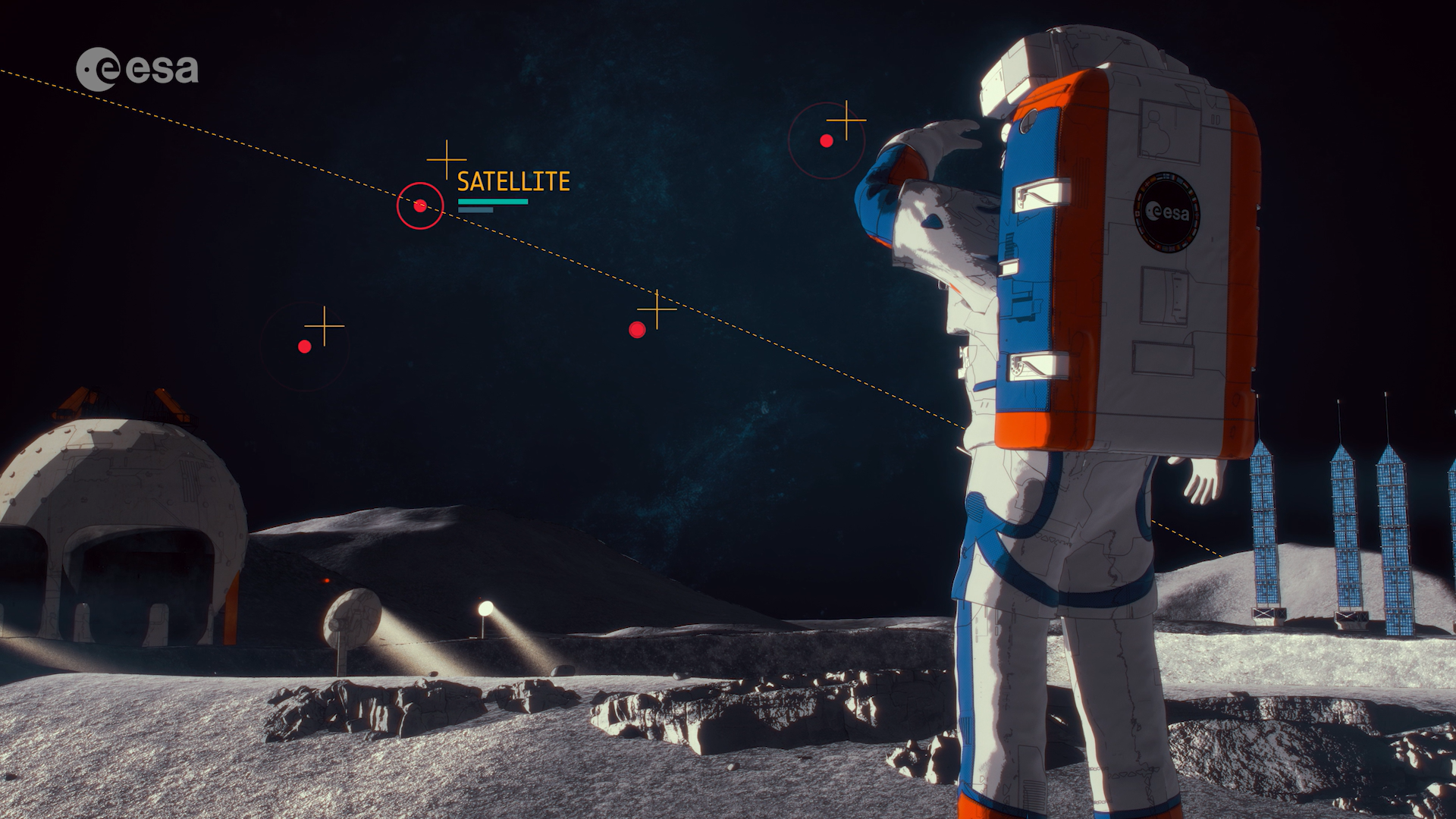
What is ESA’s Moonlight initiative?
Access the video
For scientists, the Moon’s qualities of being interesting, close, and useful are an enticing motivation to understand our place in the Universe. Argonaut will allow going beyond short excursions with just a handful of instruments. Driven by scientists’ priorities, the European lander would allow samples to be analysed from previously unexplored and hard-to-get-to regions of the Moon.
Argonaut will use ESA’s
Moonlight navigation and telecommunication capabilities around the Moon, allowing for fast communication with the Gateway and Earth to return scientific or operational data, as well as location finding for the automated landing – Argonaut will be able to land with an accuracy of less than 100 m.
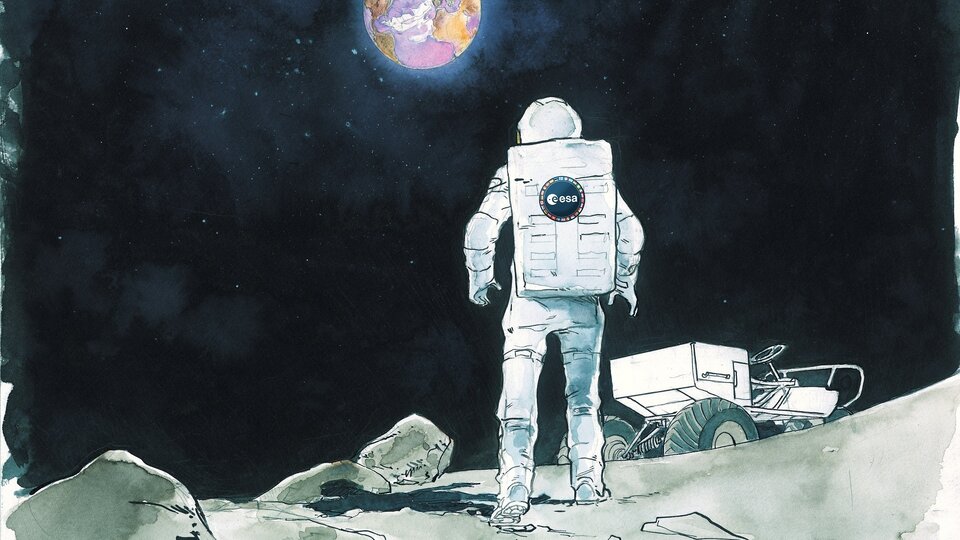 Terrae Novae destinations: Moon
Terrae Novae destinations: Moon
The teams in ESA, international partner agencies, European industry, and in the scientific institutions are on this journey together that will bring benefits in the form of inspiration, innovation, and economic growth to all Europeans.
Argonaut was approved at ESA’s Council at ministerial level in 2022 and is now in development. Five missions are foreseen in the next decade, fitting in with
ESA’s Terrae Novae strategy for human and robotic exploration.
Technical details
| Launcher | Ariane 64 |
| Launch Site | Kourou, French Guiana |
| Mass on Earth | 10 000 kg |
| Mass on the Moon without cargo | 1600 kg |
| Delivered mass (CPE+ payload) | up to 2100 kg |
| Size | 4.5 m in diameter, up to 6 m tall |
| Landing accuracy | 50–100 m |
| Mission types | Multiple and diverse:
- Cargo logistics
- Science & exploration missions
- technology demonstration packages
- Power generation, storage and distribution systems
- in-situ resource utilisation plants
- and more...
|
A CAD model for illustration purposes of the Lunar Descent Element
is available here. Please consider mentioning ESA if any material is made using this CAD model
Update:
I just noticed that Alf Kuchenbuch has meanwhile edited his post, adding (
“That is my dream.”), and that Laurent Hili posted an identical comment twice in response to a) that post resp. b) Alf Kuchenbuch’s comment under yesterday’s post by Steve Thorne, making it crystal-clear that it will still take time until Alf’s dream might come true (and at the same time also stresses that it is by no means 100% guaranteed - he literally says BrainChip “
could” play a role, not “will” play a role and that it is
one of the technologies they are seriously looking at - I am not sure whether he wanted to express the alternatives they are looking at are non-neuromorphic or whether that could also point to one or more neuromorphic competitors being evaluated in parallel by ESA…)
“
We are actively working on it to make it a reality 
(…)
#brainchip could play a role and is one of the technology [sic] we are seriously looking at.”
Sounds to me as if either someone from ESA or BrainChip requested Alf Kuchenbuch to edit his post in order to clarify we’re not there, yet, and to stop the rumour mill…
View attachment 69145
View attachment 69144
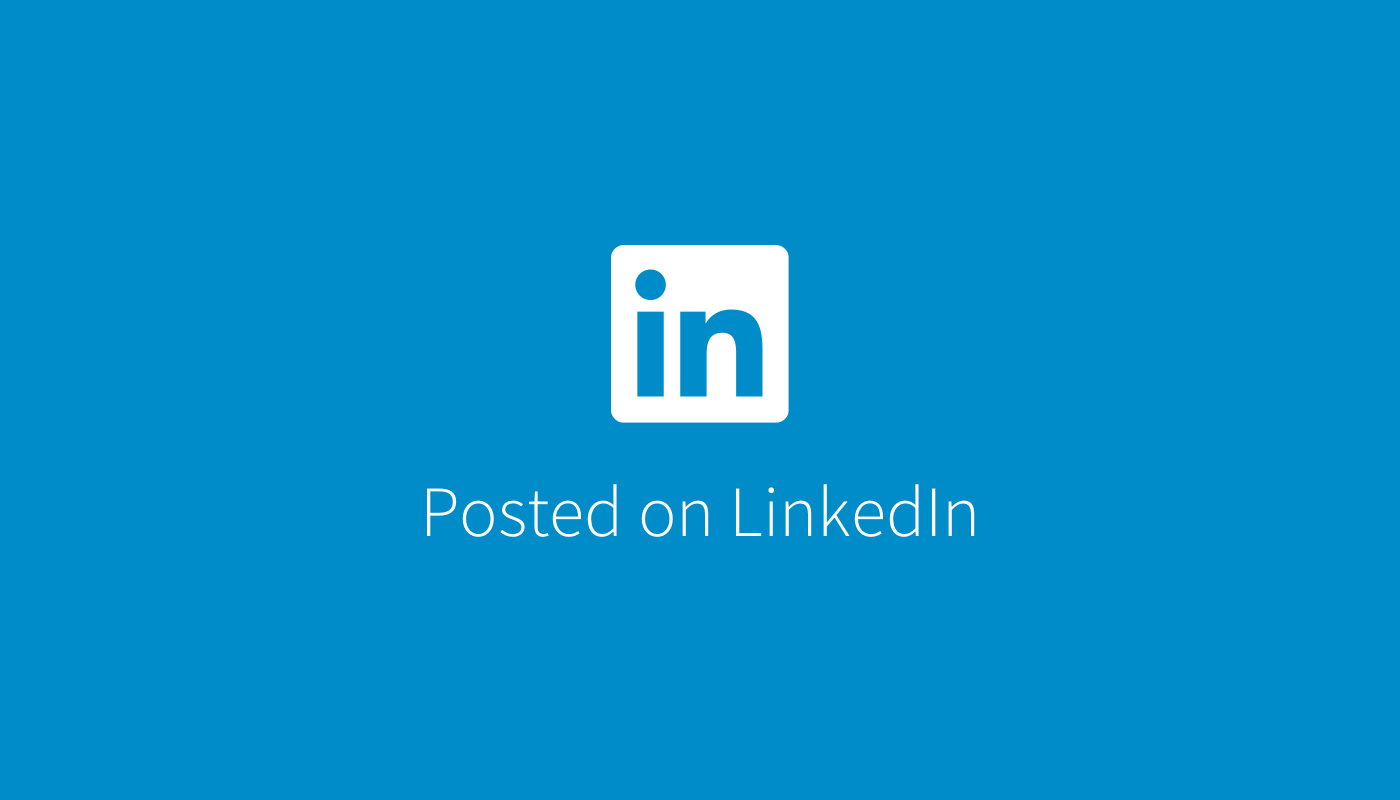
www.linkedin.com

